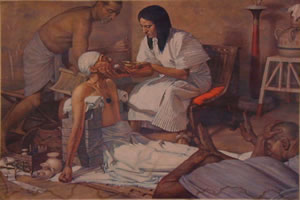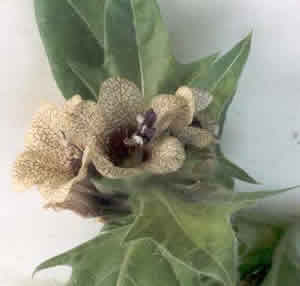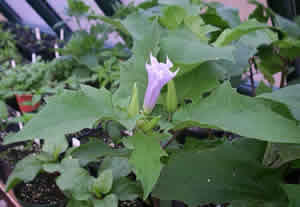Science of Conflict
Ancient Egyptian medicine
"Medicine is practiced among the Egyptians on a plan of separation. Each physician treats a single disorder, and no more. Thus the country swarms with medical practitioners, some undertaking to cure diseases of the eye, others of the head, others again of the teeth, others of the intestines, and some those which are not local" (Herodotus, The Persian Wars, p. 155). This account identifies medicine as a highly specialised profession dating back as far as 4,000 year ago.

Ancient Egyptian physicians had access to textbooks (the papyri) which outlined instructions on how to mix raw materials into effective medicines. Many raw materials were identified as having medicinal properties. Poppys were recognised as having pain relieving properties.
One of the many plants identified
was the mandragora-henbane, pictured on the right. This plant was used
to induce sleep it was also used to lessen the pain of surgery. Modern
analysis techniques have shown that the active ingredients is scopolamine.

Other plants included jimson weed, pictured on the right, which is found to contain atropine. It is obvious from the deciphered instructions that the ancient Egyptians had a good understanding of pain relief and natural pharmacology.

Radishes, onions, garlic and leeks are also sources of antibiotics. These vegetables appear in many ancient mixtures for wound dressing. It is amazing to think that little of this ancient knowledge survived and that many a modern soldier died from treatable wounds.
Design an experiment to test for antibacterial properties of liquids prepared from garlic, onion, leek and radishes. Test any other plant to identify antibacterial properties.


